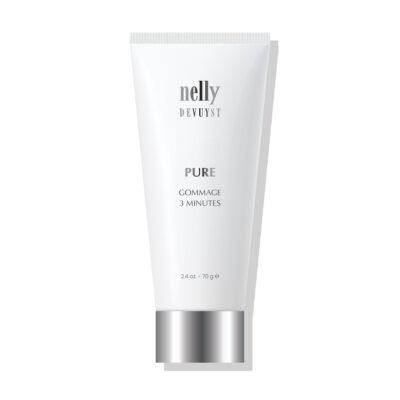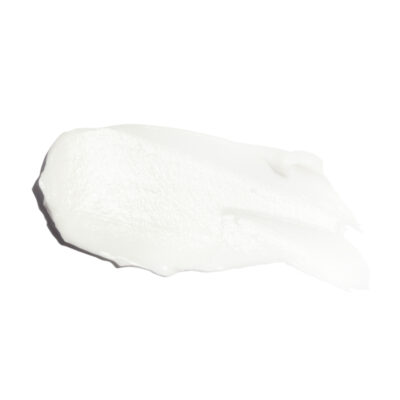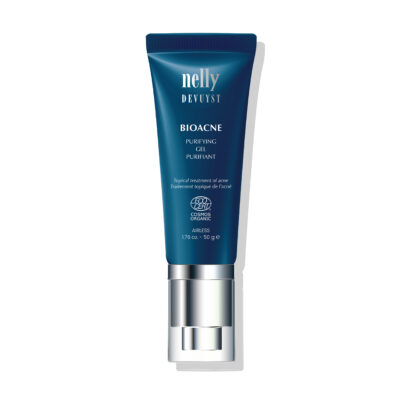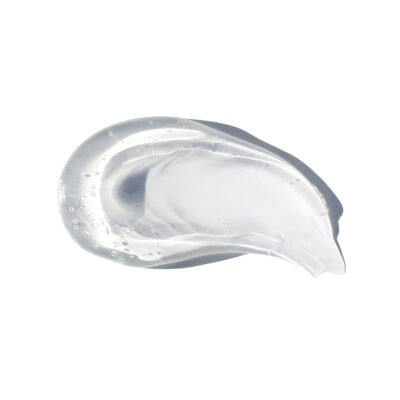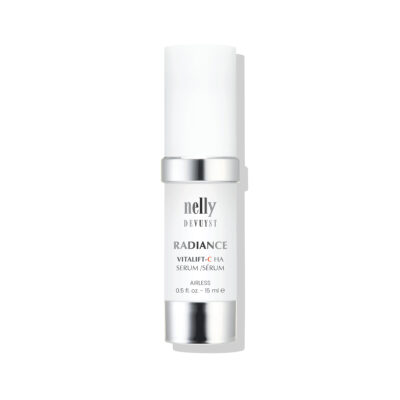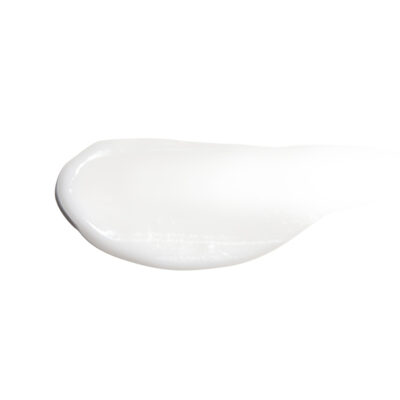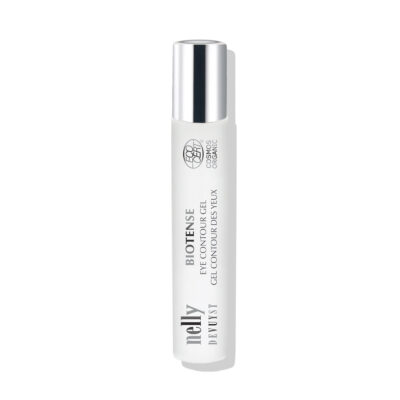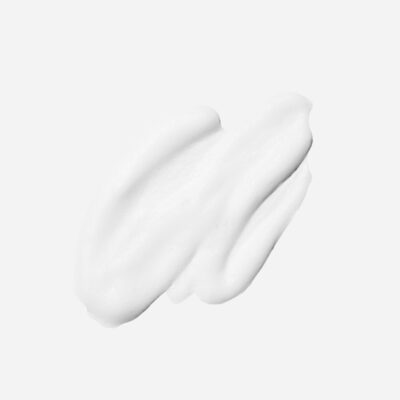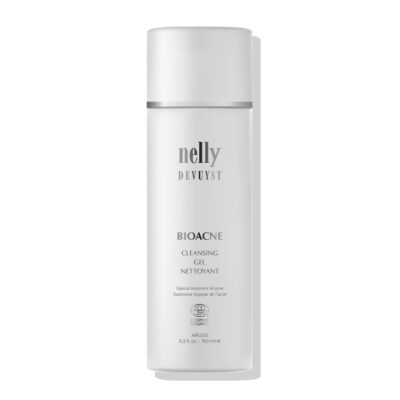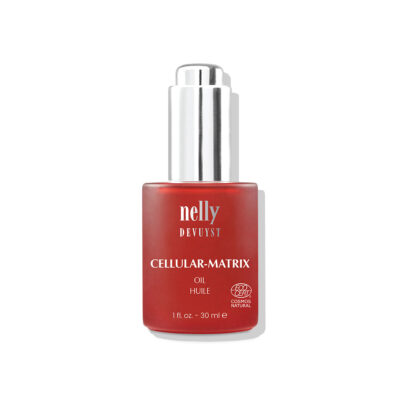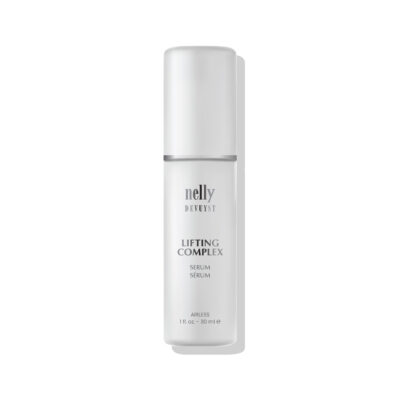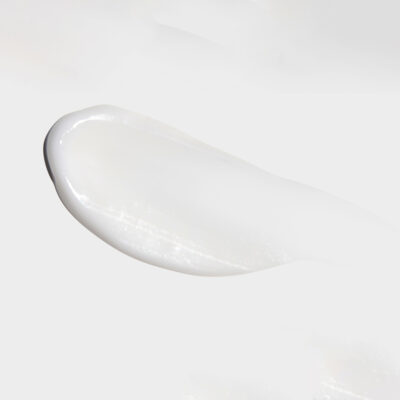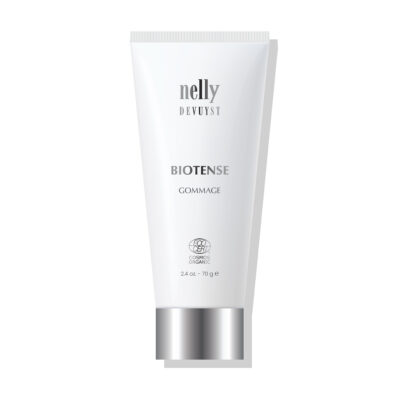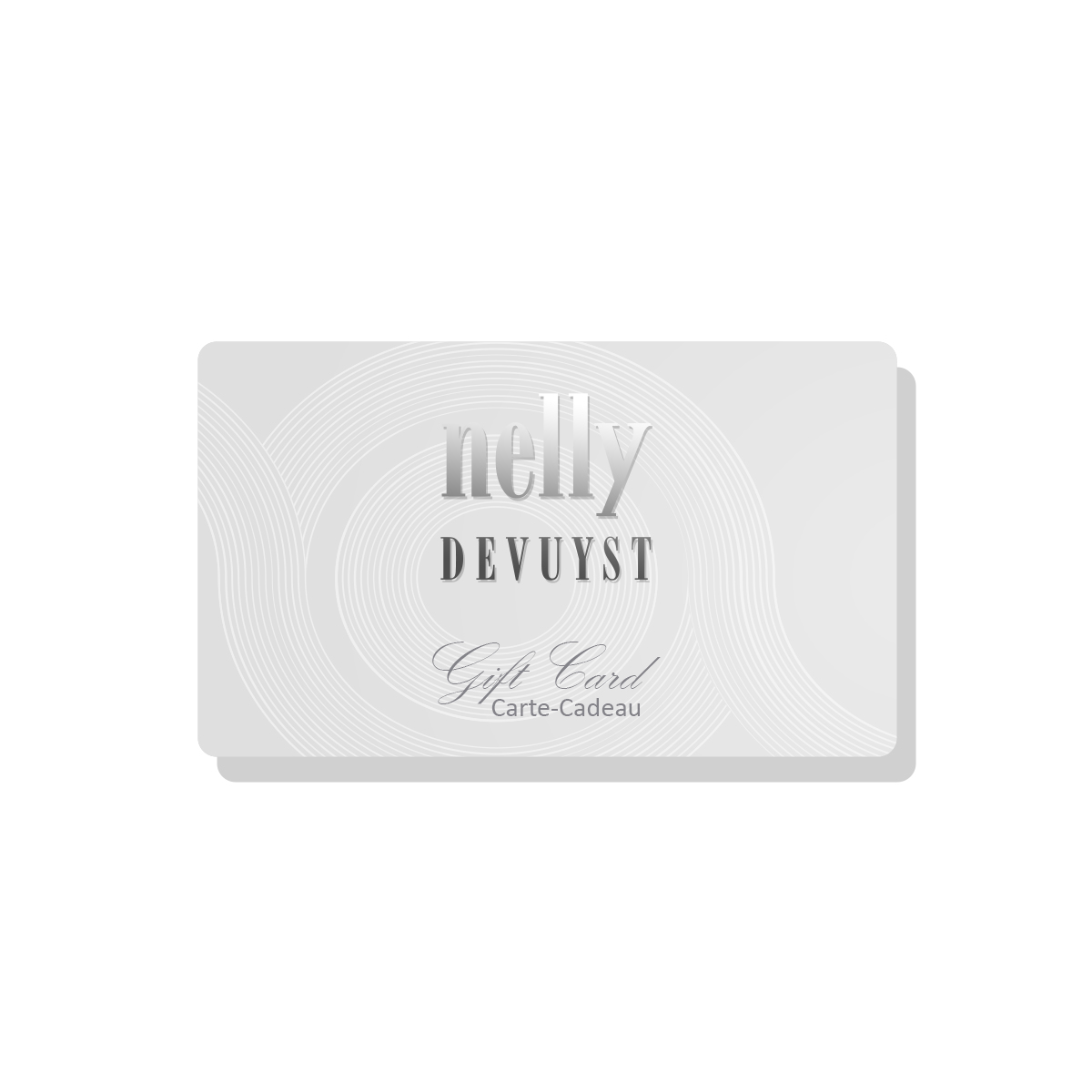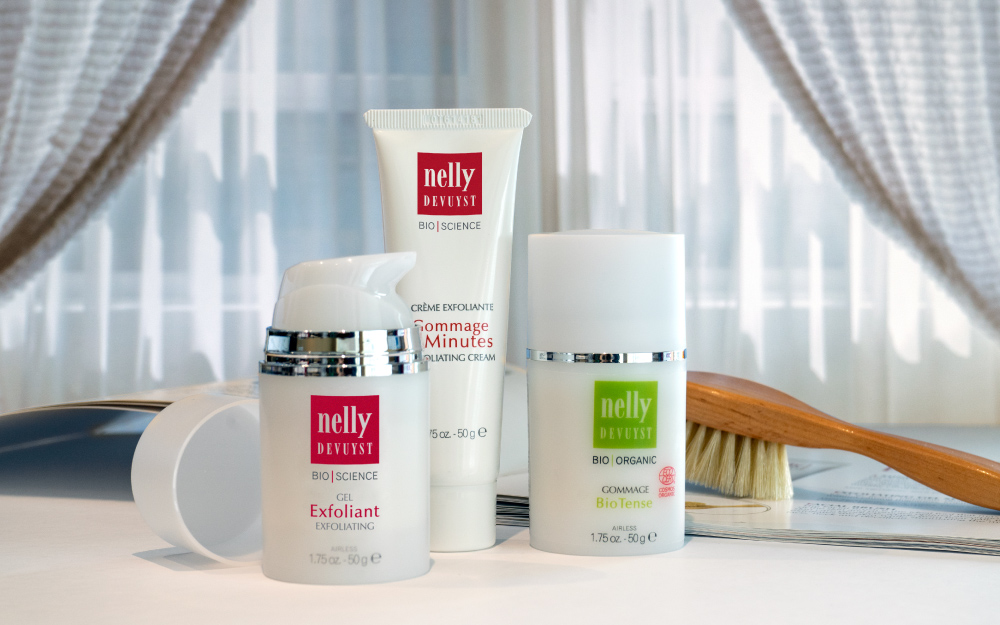Why Should I Exfoliate My Skin?
Did you know that the practice of exfoliation was a beauty ritual performed for thousands of years to gain beautiful, healthy skin? Discover the importance of exfoliation according to your skin type.
The role of exfoliation
Every month, your skin renews itself. “Dead skin cells” naturally detach from the surface of the epidermis to give way to new cells that form deep within. If these dead cells do not detach, and thus accumulate on the surface, they contribute to the appearance of a dull, rough, lackluster complexion.
Exfoliation is the removal of dry dead skin cells on the surface of the epidermis. Once removed from this barrier of dead cells, the skin is able to better absorb daily skincare treatments such as serums, oils and creams.
Many skin concerns can be significantly improved through exfoliation. Here are some examples:
Wrinkles
With age, cell renewal slows down. This means that the formation of new cells declines and that the natural elimination of dead skin cells becomes more difficult. Thus, the accumulation of dead cells intensifies the appearance of fine lines and wrinkles, especially around the eyes.Exfoliation helps to revitalize cell renewal and gradually smooths the complexion to reduce the appearance of wrinkles.
Pigmentation Spots
Pigmentation spots often appear over time as a result of repeated sun exposure or during hormonal fluctuations. Exfoliation is ideal for removing pigmentation cells and for encouraging the formation of new cells. Combined with lightening treatments, exfoliation reduces the appearance of pigmentation spots.
Dry Skin
Before applying a moisturizer on dry skin, it is imperative to exfoliate! Otherwise, you will only hydrate dead skin cells and your moisturizer will lose all its effectiveness.
Dull & Irregular Complexion
Did you know that dead skin cells do not reflect the light? This is why your skin can lack radiance. Exfoliation gives way to younger skin cells able to reflect the light for a more uniform and radiant complexion full of vitality.
Pores, Blackheads & Acne
During cell renewal, dead cells sometimes have difficulty detaching and therefore accumulate in the pores. Surrounded by sebum, these dead cells obstruct the pores and contribute to the formation of comedones or acne pimples. Thus, exfoliation prevents the appearance of comedones and acne lesions by helping to evacuate dead cells and sebum. In addition, it improves dilated pores and absorbs excess sebum.
Which exfoliant to choose according to your skin type?
Choose your exfoliant according to the degree of sensitivity of your skin.
- If your skin is very sensitive or you have severe acne lesions, choose the Nelly De Vuyst® Exfoliating Gel Sensitive Skin and use 1 to 2 times a week. This soothing and anti-inflammatory exfoliator, helps to reinforce the skin’s protective barrier and preserve the hydration of the skin. Its venotonic and anti-inflammatory agents soothe sensitive and inflamed skin to ensure a clear and even complexion.
- If the degree of sensitivity of your skin is normal, opt for the Nelly De Vuyst® 3 Minute Gommage or the Gommage BioTense and use 2 to 3 times a week. These natural exfoliating treatments are perfect for improving and smoothing the texture of the skin, and detoxifying the epidermis.
- To improve the oxygenation of your skin, perform a superficial mechanical exfoliation 2 to 3 times a week with the Nelly De Vuyst Facial® Brush and your favorite Nelly De Vuyst® Foaming Cleanser.


 Français
Français